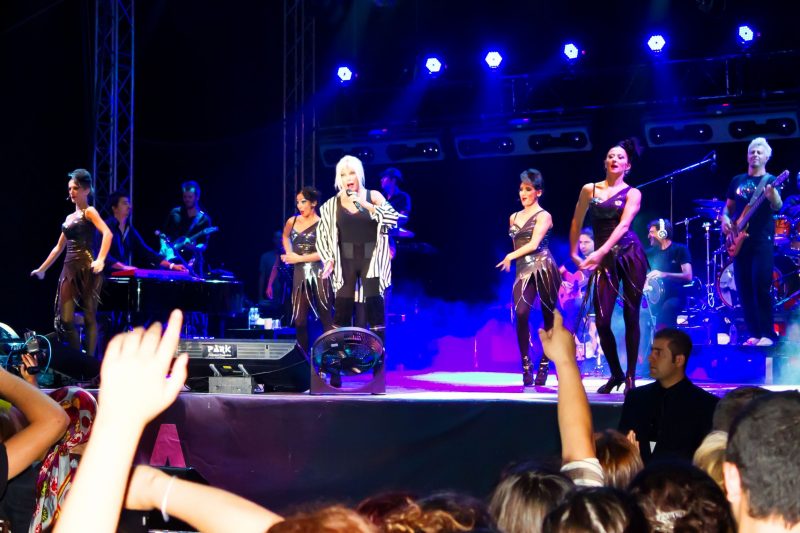The mystery of music may never be solved. Each decade seems to bring forth a new theory about the nature of this art; what it is and why it is so universal. Its modes are diverse and its meanings can be both elusive and specific at once, causing smiles and tears at the same time. But whatever the mystery, there seems to be good evidence that our first experience of music is when we hear the songs and lullabies our mothers sing to us from the day we are born. It is our mothers who introduce us to rhythm and pitch and perhaps they are the first Female Vocalists we know.
Female vocalists are found today in every culture. The new ways of Internet distribution and music production bring us the voices of women in song from as different parts of the world as Egypt and Argentina, New York and Moscow. The magic and passion of Thalia or the folk sound of Margaret Roadknight are just a click away. Each is different and each gives us something new in music.
The special quality of the female voice, its range and timbre are attributes never denied but the most basic element is the singer herself, how she performs the song, how she understands it, how she brings us into her world. There can be as many ways of singing “The Man I Love” as there are Female Vocalists to sing it. Each woman’s experience changes the song, each woman offers new pleasures in the music.
When a female vocalist is in control of her instrument, when she understands her range and the quality of her sound, it is then that she can bring herself, her emotion, the pleasure she gets from music and lyrics to her performance. It then that we begin to listen to the singer more than the song.
Nearly all the great Female Vocalists, popular, Jazz or rock, devote as much attention to voice and its training as opera singers. They strive for a state of performance wherein their control allows them to come to each note “from above” – that is, they never reach for a note, they never strain; each musical phrase is made whole by their skill, placed in line with the notes before and after with a precision that is entirely invisible. And each performance is paradoxically more than just the music. The lyrics challenge the female vocalist as well. The story the song tells can define the emotional approach and so the singer determines joy or sorrow, love or regret.
This combination – the quality of the voice, the skill of the singer, the meaning she brings to song, the way she uses her voice and senses our needs – this combination often makes the singer more important than the song. We’ve heard the song many times. We know the words. We can sing the tune. Its shape is familiar to us. And then the vocalist begins and in moments it can be a new song because while we might know where we are going as we listen, she taking us there on a path we have never travelled.
This is a good time for female vocalists. They are everywhere: on the radio; on the web, by satellite and in live performances. This is a very good time and we should take advantage whenever we can.
Female vocalists are found today in every culture. The new ways of Internet distribution and music production bring us the voices of women in song from as different parts of the world.
